Photos: In Wildlife First, Lioness Nurses Leopard Cub
Nursing story
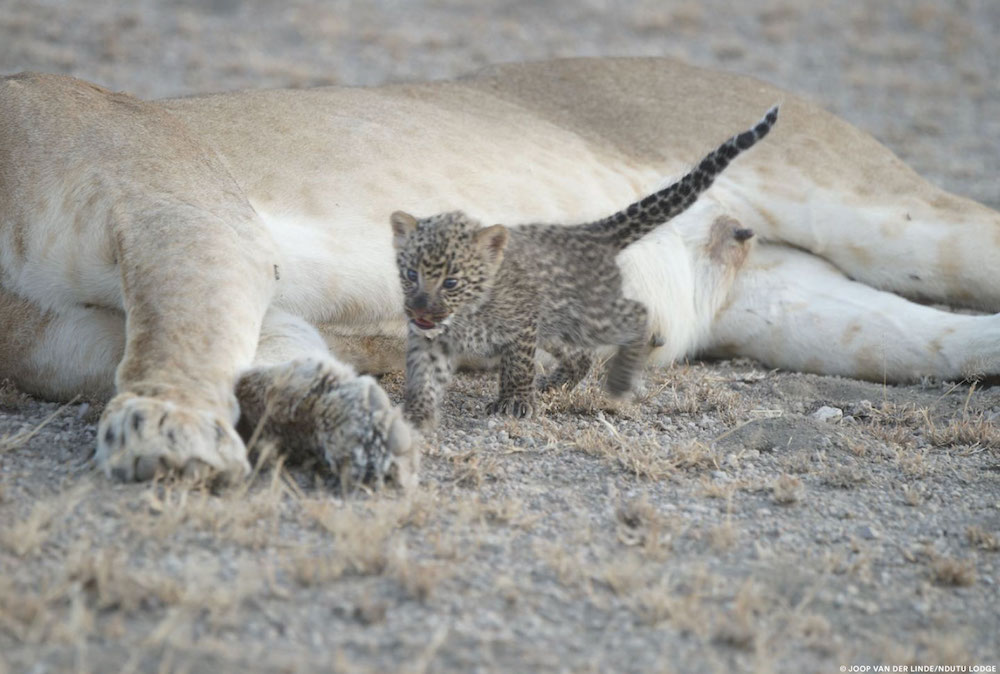
In an unexpected first, wildlife experts have identified a lioness nursing a leopard cub. Normally, these two big-cat species do not get along, and it's surprising the lioness didn't kill the cub outright, experts told Live Science.
Perhaps the "genuinely unique" experience happened because the lioness has a litter of cubs that are about the same age as the approximately 3-week-old leopard, and her maternal instincts kicked in when she encountered the cub, said Luke Hunter, the president and chief conservation officer of Panthera, a global wild cat conservation nonprofit based in New York City.
Whatever the reason, the cub's future is uncertain. If the lioness brings it back to her litter, it's unlikely that the rest of the pride would accept it, Hunter said. The best-case scenario would be for the leopard's mother to reclaim her baby, he said. [ Read the Full Story on the Lioness Nursing the Leopard Cub]
Dinner time
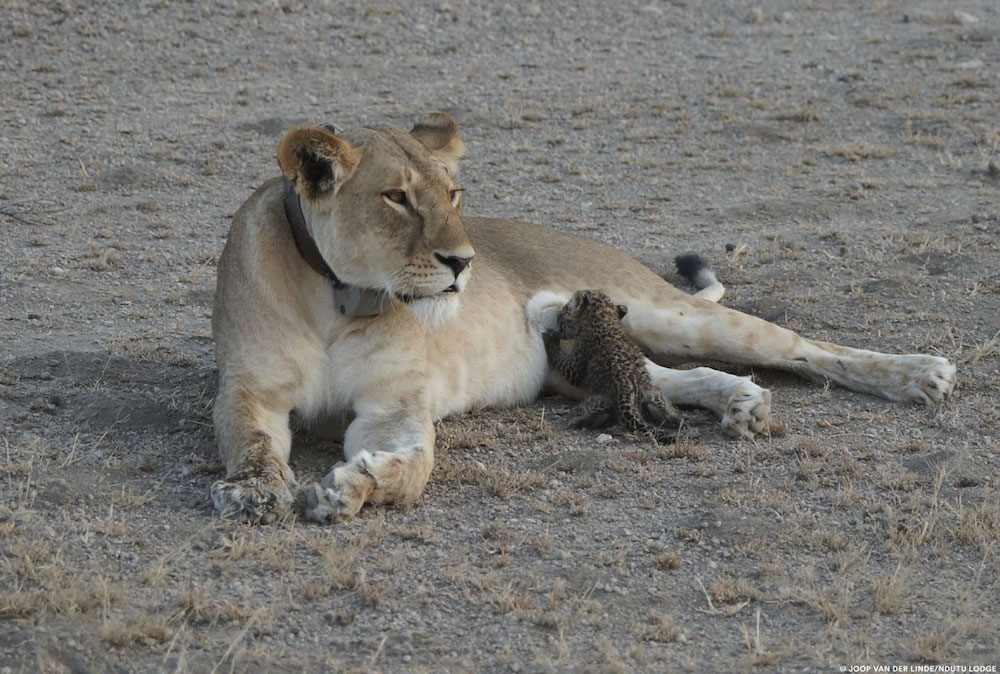
A guest staying at the Ndutu Lodge in Tanzania's Ngorongoro Conservation Area snapped these photos on Tuesday (July 11).
Fuzzy cub
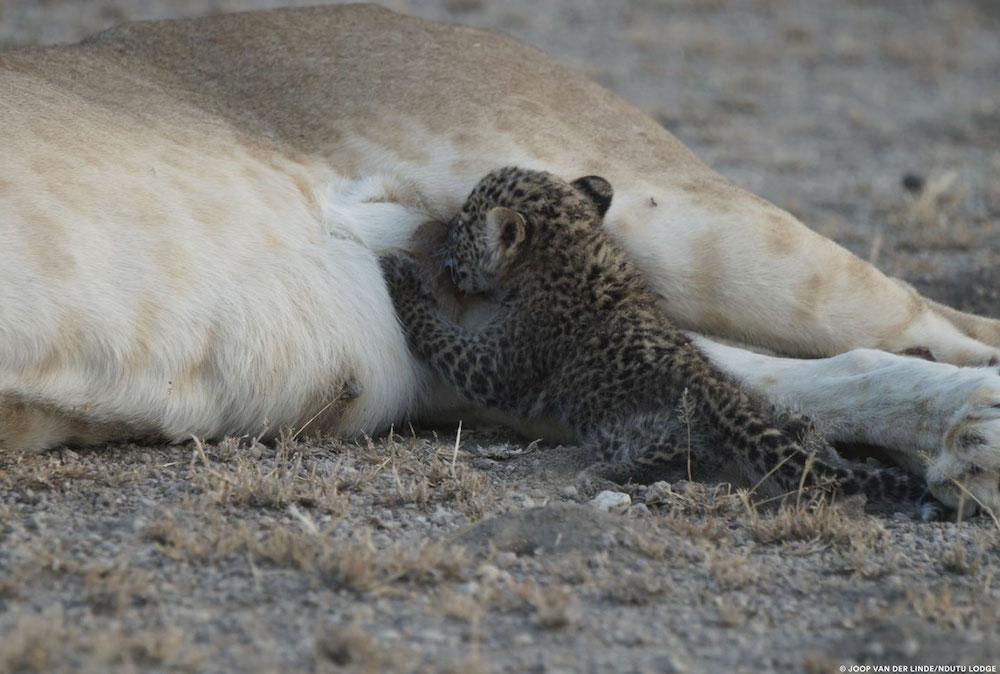
The last common ancestor of the lion and leopard lived about 2.5 million years ago, but the two species still have similar milk and comparable nursing periods.
Collared mother
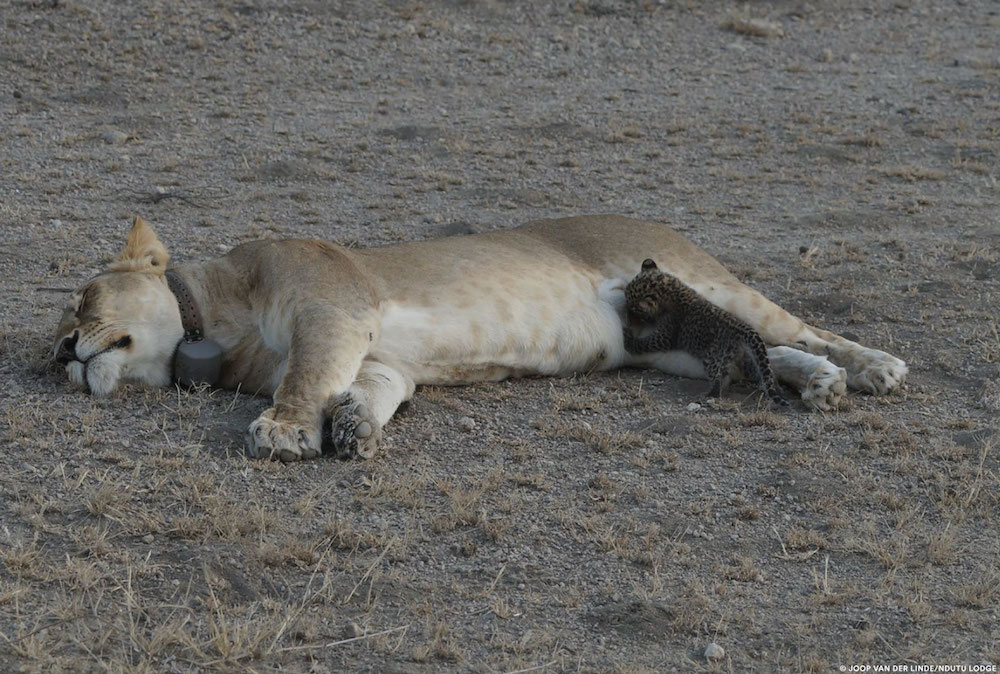
The lioness has a collar with a GPS tracking device so that KopeLion can keep records of her whereabouts. KopeLion is a nongovernmental organization that works to promote a sustainable lion and human co-existence.
Different species

There are cases of mountain lion and leopard mothers adopting cubs within their own species, but it's unheard of for a big cat to nurse a cub from another species, Hunter told Live Science.
Cubs galore

The lioness, known as Nosikitok, was less than a mile from her litter when she suckled the leopard cub, Hunter said. Nosikitok later joined with some other adults from her pride, and it's unclear where is leopard cub is now.
Vulnerable species

The leopard (Panthera pardus) is listed as a vulnerable species by the International Union for Conservation of Nature (IUCN). Wild leopards live throughout Africa and Asia, but their populations have become reduced and isolated from one another, the IUCN said.
Leopards are now regionally extinct in these areas: Hong Kong, Jordan, the Republic of Korea, Kuwait, Lebanon, Mauritania, Morocco, Singapore, the Syrian Arab Republic, Togo, Tunisia, the United Arab Emirates and Uzbekistan, the IUCN reported.
Get the world’s most fascinating discoveries delivered straight to your inbox.
Little cub

The lioness gave birth to three cubs of her own in late June. It's possible she might bring the leopard cub back to her litter and raise them together, Hunter said. But were the lioness to take the leopard to the pride, the other adult lions would probably kill it, he said.
Leopard babe
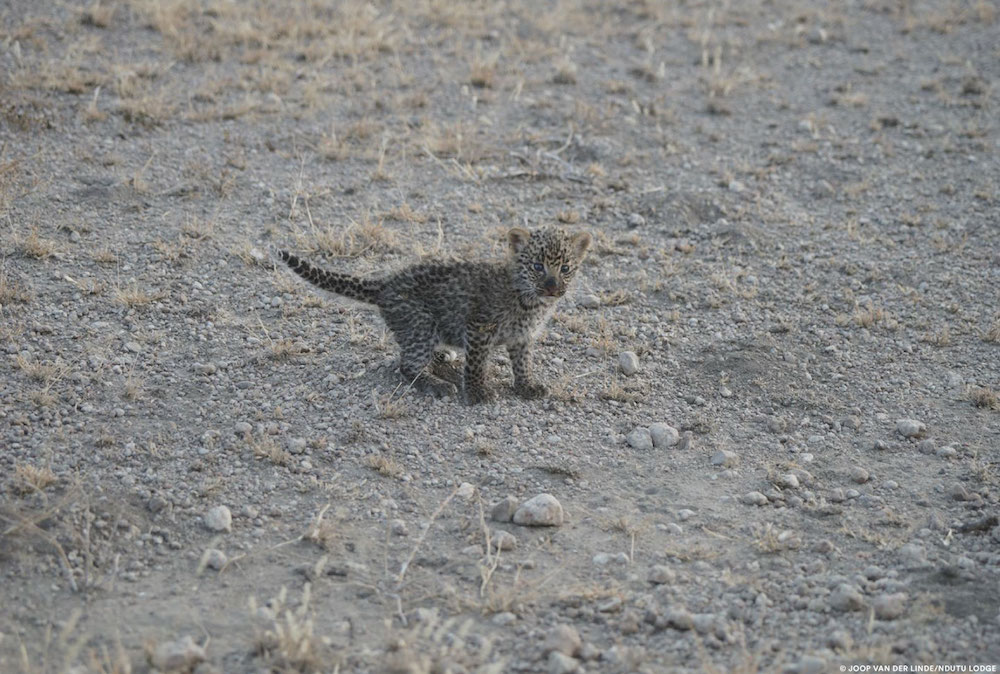
It's unclear where the leopard's mother is, but wildlife experts hope she will come forward to reclaim her cub and finish raising it.
[ Read the Full Story on the Lioness Nursing the Leopard Cub]

Laura is the managing editor at Live Science. She also runs the archaeology section and the Life's Little Mysteries series. Her work has appeared in The New York Times, Scholastic, Popular Science and Spectrum, a site on autism research. She has won multiple awards from the Society of Professional Journalists and the Washington Newspaper Publishers Association for her reporting at a weekly newspaper near Seattle. Laura holds a bachelor's degree in English literature and psychology from Washington University in St. Louis and a master's degree in science writing from NYU.


